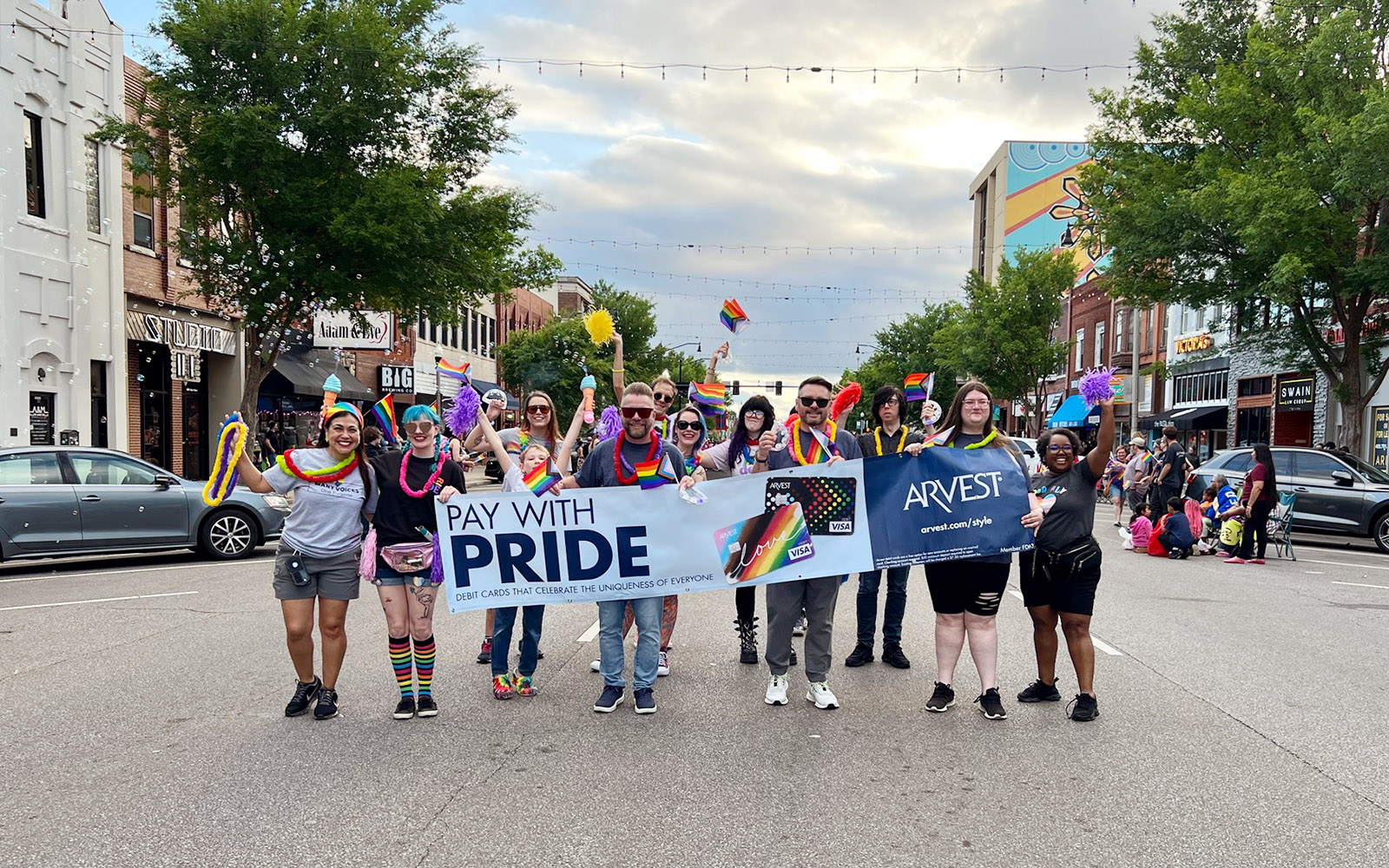|
Getting your Trinity Audio player ready... |
What does wellness mean to your organization? For Michelle Van Schenck, that question has evolved significantly over the course of her career. There was a time when the best-case scenario for employees was Weight Watchers classes, a Couch to 5k program, and maybe one or two smoking cessation options. Now, organizations have vastly redefined what “wellness” encompasses as well as how they can aid employees on their life journeys to fulfillment and health.
Van Schenck, executive director of total rewards at Arvest Bank, has a well-informed belief in the power of a strong wellness program. Prior to moving into HR, Van Schenck earned a master’s in exercise physiology and health promotion and an undergraduate degree in kinesiology. The executive says she’s worked to shift the perspective of her organization to embrace ideas of wellness on a more holistic and personal level.
“Telling you to get on a treadmill five days a week and eat celery isn’t really going to get any of us anywhere,” Van Schenck says. “But let’s talk about what you do like to do and what your goals are. There is as much of a mental component to this as there is a physical one, and we’ve worked to expand and evolve our own program to reflect more inclusive ideas of what wellness means for you in your life.”

Van Schenck says she wants Arvest’s wellness program to be more readily connected to employees, not siloed and waiting for them to give it a shot. During her time in the oil and gas industry, she remembers how much her organization emphasized safety—a focus built into the larger company culture. She wants to take the same approach to financial wellness at Arvest Bank.
“Working for a financial institution, our job is to help people find financial solutions in their lives,” Van Schenck explains. “We want our associates to have financial wellness because the stress of finances impacts both your mental and physical health. If you have financial struggles, you’re probably not getting good sleep, you’re probably not going to schedule that doctor’s appointment, and you’re certainly not going to be able to do your best work. It’s been wonderful to see organizations like Arvest embrace this shift in thinking over the years, as we all have.”
Over eight years at Arvest, Van Schenck has driven change across her organization with the blessing of her predecessor, who retired after 30 years with the bank. Van Schenck says that in taking on the role, she had a blank canvas to begin creating her own evolution, but imbued with as much of the institutional knowledge as the person formerly in her role could pass on.
“Working for a financial institution, our job is to help people find financial solutions in their lives.”
Michelle Van Schenck
Part of that evolution came from Arvest’s own growth over the years. The bank previously only had associates in four states; now it has employees in almost half the country. And Van Schenck made some moves early on that seem prescient in retrospect.
The year before the pandemic began, Arvest implemented a telehealth program. While utilization was low, the infrastructure was already in place to meet the ballooning needs of 2020. Van Schenck ensured that health plans had a national presence—a huge win when COVID drastically expanded the bank’s talent pool and increased its willingness to employ more remote workers.
“It was so exciting to come to Arvest at a time when we could invest in some big changes and then see them pay off in a way that none of us could have foreseen,” Van Schenck says. “Those early wins helped us build some credibility and trust. They helped the organization understand that we’re looking toward the future, even if those potential benefits aren’t right under our nose right now.”

In 2023, Arvest made Forbes’s America’s Best Large Employers for the second year in a row, reflecting employee satisfaction and the cultivation of a work environment that associates find inspiring. There are numerous reasons for this recognition, Van Schenck believes.
There are the millions of dollars the bank has donated to charitable organizations, the thousands of volunteer hours it has encouraged associates to spend with organizations they care about, and the millions of meals the bank has provided for people who need it most.
Diversity, equity, and inclusion are focal points of Arvest’s commitment to its people, as is creating pathways for growth and development.
And because Arvest is self-insured, Van Schenck says the organization has repeatedly demonstrated a willingness to reinvest savings into employee programs and benefits. With this approach, the company can meet associates where they are in every chapter of their lives.
“We’ve expanded our maternity leave because we got direct feedback from our people that that was an area we could improve,” Van Schenck says. “Fifty percent of our workforce is female, and so it’s an important focus for us.”
Conversely, there are areas that might only apply to a handful of associates, like transgender benefits and support, that Van Schenck says she is proud her company is willing to provide.
“I have personally gotten feedback from people that while they don’t have need of those particular services, they’re proud to be part of an organization that has those in place,” Van Schenck says. “I love to hear that; it speaks to why this organization has so many long-tenured employees.”
UMR, a UnitedHealthcare company, is the nation’s largest medical third-party administrator (TPA) managing more than 4,500 benefits plans for over 7.4 million members. We specialize in providing flexible and innovative solutions for self-funded customers to increase value and reduce total cost of care. With more than seventy-five years of experience, we work closely with employers to design and implement benefits strategies that align with their priorities and objectives. By leveraging best practices, employers can meet members where they are and achieve improved outcomes—helping members live healthier lives.

